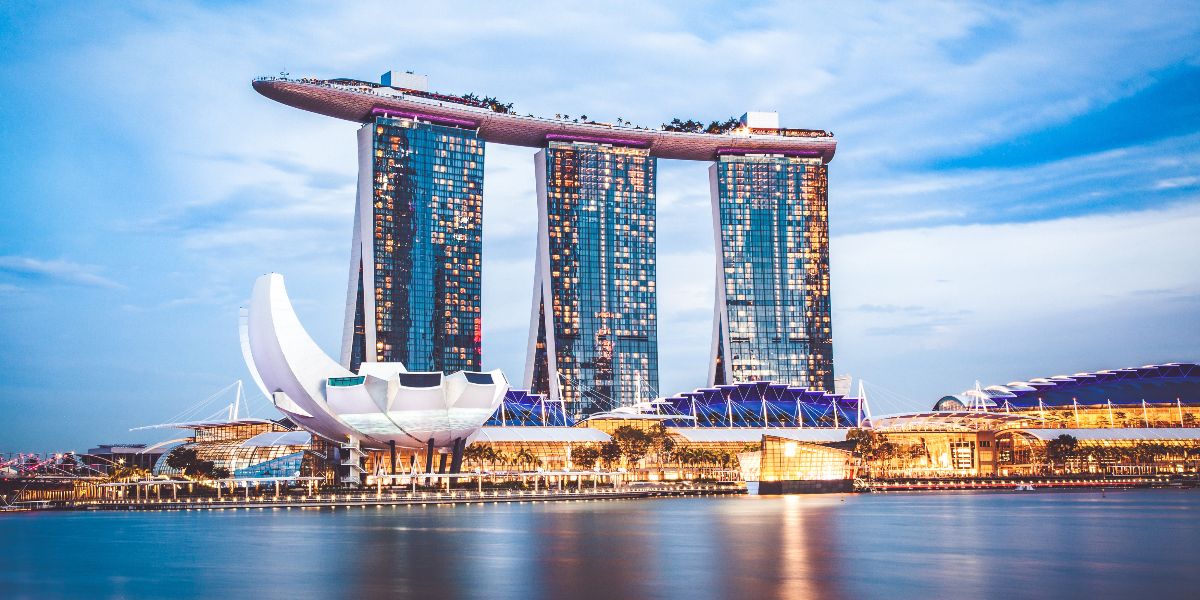The word “fare” has two main meanings:
- The money that a passenger pays to travel on a //tourconsultancy.com/ public transport system, such as a bus, train, or airplane.
- The food that is served to passengers on a public transport system.
In the first sense, the word “fare” is often used in conjunction with the word “ticket”. For example, a passenger might buy a bus ticket or a train ticket. The fare for a journey is typically determined by the distance traveled and the type of seat or class of service selected.
In the second sense, the word “fare” is often used to describe the quality of the food that is served on a public transport system. For example, a passenger might say that the fare on a particular airline is excellent or that the fare on another airline is terrible.
The word “fare” is also used in some other contexts. For example, in the context of a taxi or ride-sharing service, the fare is the amount of money that a passenger pays for the journey. In the context of a carnival or fair, the fare is the amount of money that a person pays to enter the event or to ride a particular ride.
Here are some examples of how the word “fare” is used in a sentence:
- The fare for a one-way ticket from New York to London is $500.
- The fare on the bus is $2.50.
- The fare on the train is $10.
- The airline’s new fare structure is designed to attract more leisure travelers.
- The fare on the cruise ship is all-inclusive, meaning that meals and drinks are included in the price of the ticket.
- The fare at the carnival is $10 per person.
- The fare for the taxi ride from the airport to my hotel was $30.
The word fare is a common word that is used in a variety of contexts. It is important to understand the different meanings of the word so that you can use it correctly in your own writing and speaking.



